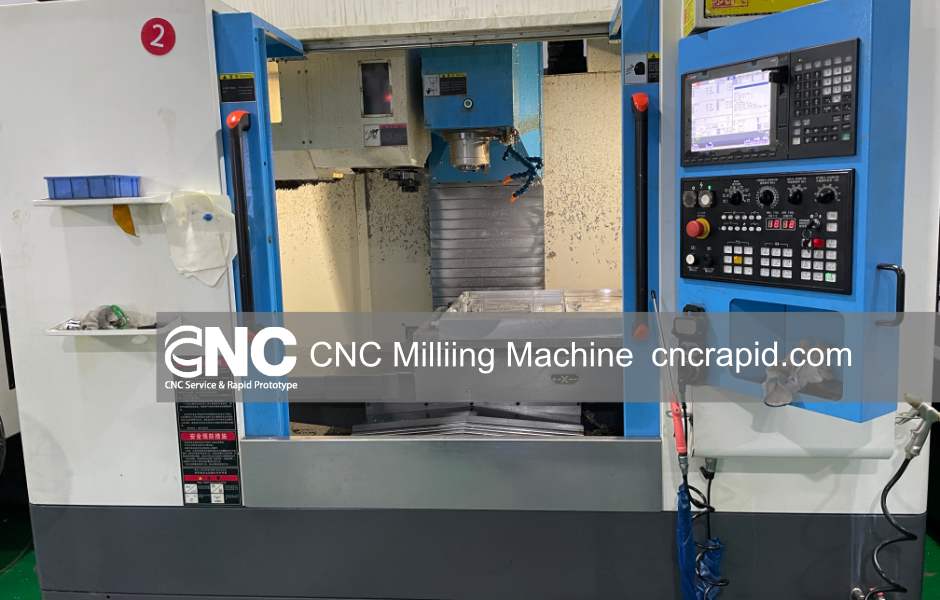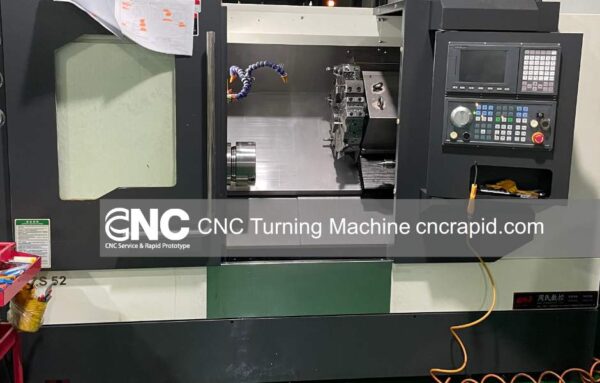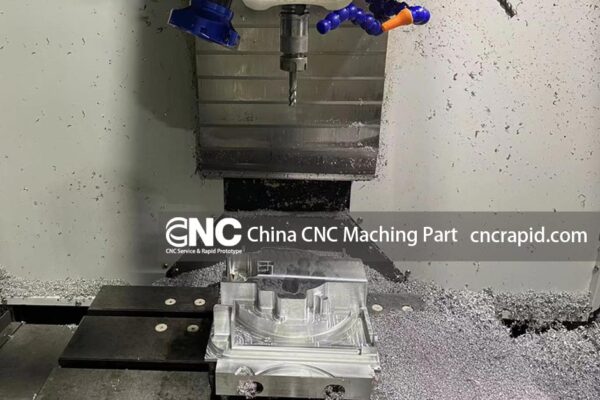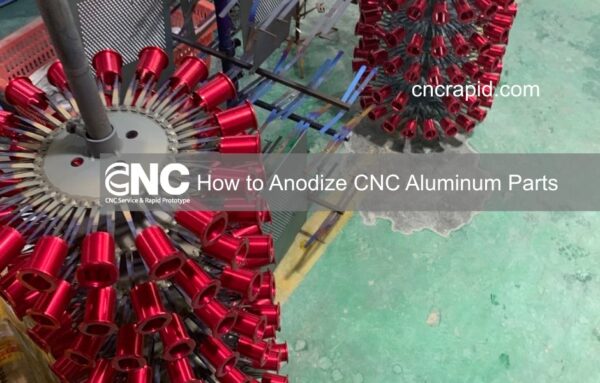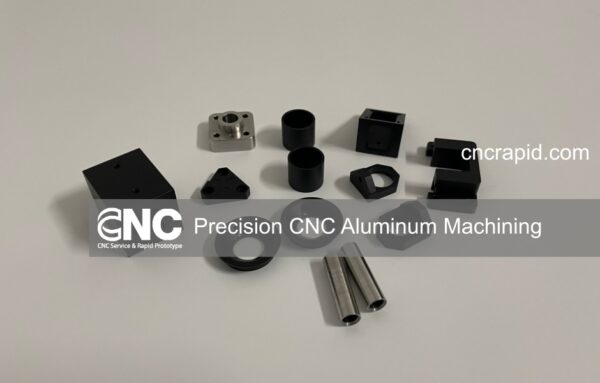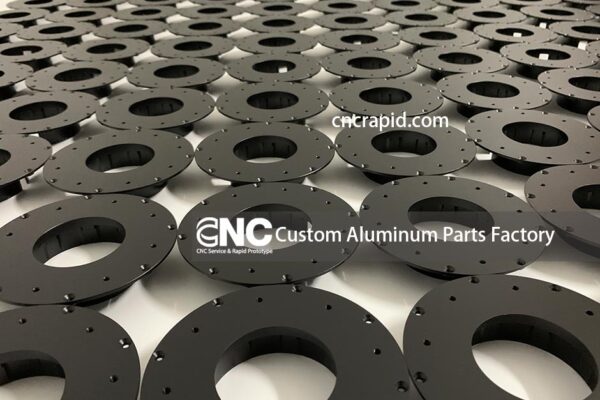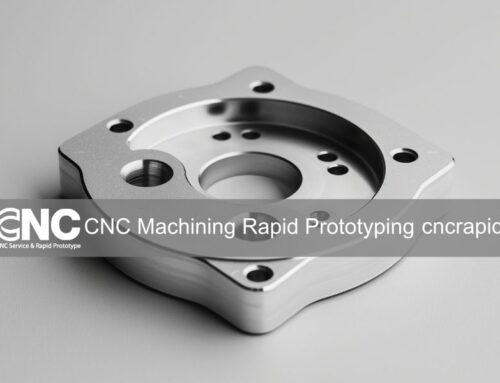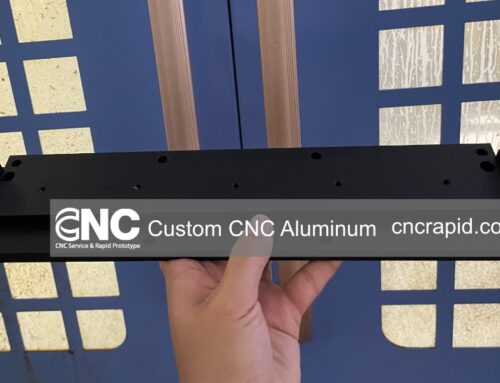A CNC machine is a machine equipped with a program control system that can logically process programs specified using codes or other coded instructions.
Integrating modern machinery manufacturing technology, automatic control technology, and computer information technology, it utilizes numerical control devices or computers to partially or wholly supplant the manual control of various actions in general-purpose machine tools during parts processing. This includes starting, managing the processing sequence, adjusting cutting amounts, altering spindle speeds, selecting tools, and controlling the start and stop of cutting fluid.
It embodies a CNC equipment that is highly efficient, precise, flexible, and automated, amalgamating light, machinery, and electrical components.
1. What is CNC machining?
Initially, this manufacturing type was termed Numerical Control. It’s a technology that achieves automatic control of specific work processes through digital management. Typically, it controls mechanical parameters like position, angle, speed, and switching quantities associated with the flow of mechanical energy.
In the nascent stages of NC technology, technical limitations necessitated the use of digital logic circuits to ‘overlay’ the control system of NC machine tools. This system is referred to as a hardware-connected NC system, or simply NC. The numerical control system can be categorized into three phases: tube, transistor, and small-scale integrated circuit.
As time progressed, particularly post-1970s, the evolution and widespread adoption of computer technology and microprocessors paved the way for the rise and development of modern computer numerical control technology. Given the potent functionality and robust control capabilities of small computer technology and microprocessors, there was a shift towards replacing the hardware logic circuits from the NC era with computer software program control. The numerical control technology stemming from this concept and technology is termed Computer Numerical Control Technology (CNC).
In the initial phases of the CNC numerical control system, computer software program control partially supplanted the hardware logic circuit of the NC era. With the ongoing enhancement of microprocessor capabilities, a dedicated CNC numerical control system began to emerge. This system, fundamentally a specialized small computer, is a dedicated numerical control system built upon a potent microprocessor, also recognized as a Central Processing Unit (CPU). Currently, numerical control systems of this architecture are widely utilized. In recent years, the CNC system has been evolving towards a PC-based approach. This CNC system, characterized by its openness, low cost, high reliability, and abundant software and hardware resources, signifies the future development trend of CNC systems.
2. Development of CNC technology
Since its inception, CNC technology has broadly traversed two stages and six development eras.
Stage 1: Hardware Numerical Control (NC) Stage In this stage, technological limitations meant that the digital logic control of the numerical control system was primarily established through hardware connections, often referred to as the hard-wired system (Hard-Wired NC) or simply numerical control (NC). This stage, evolving with the progression of electronic components, experienced approximately three development eras:
- The first generation in 1952 utilized tubes.
- The second generation in 1959 employed transistors.
- The third generation in 1965 incorporated small-scale integrated circuits. Currently, the hard logic CNC system with hardware connections from the first stage is largely obsolete.
Stage 2: Computer Numerical Control (CNC) Stage With the advancement and integration of computer technology into the numerical control field, the late 1960s saw the emergence of a direct numerical control system (DNC), also known as a group control system, where a computer directly controlled multiple machine tools; and a Computer Numerical Control system (abbreviated as CNC), where computer software programs replaced the hardware wiring logic circuit. This stage is considered to have approximately undergone three development eras:
- The fourth generation, starting in 1970, was characterized by minicomputers.
- The fifth generation, commencing in 1974, was centered around microprocessors.
- The sixth generation, initiated in 1990, was PC-Based.
The detailed progression of the above six generations of CNC machine tools is as follows:
- 1952: Electronic tube components were utilized to form the logic components of the numerical control system.
- 1959: Transistor components and printed circuit boards were employed, and a CNC machine tool with an automatic tool changer, termed a machining center (MC, Machining Center), emerged, ushering the CNC device into the second generation.
- 1965: The third-generation integrated circuit numerical control device, which was compact, low-power, more reliable, and further reduced in price, facilitated the development of the variety and output of CNC machine tools.
- Late 1960s: A direct numerical control system (DNC), also known as a group control system, controlled by a computer to directly manage multiple machine tools, marked the fourth generation, characterized by mini-computerization.
- 1974: The successful development of a microcomputer numerical control device (MNC), utilizing a microprocessor and semiconductor memory, represented the fifth-generation numerical control system.
- Early 1980s: With the advancement of computer software and hardware technology, a numerical control device emerged that could automatically program man-machine dialogue; the numerical control device became increasingly miniaturized and could be directly installed on the machine tool; the automation level of the numerical control machine tool was further enhanced, with features like automatic monitoring tool breakage and automatic workpiece detection. In the late 1990s, the PC-Based intelligent numerical control system appeared, where the PC is the hardware part of the control system, and the NC software system is installed on the PC, facilitating system maintenance and enabling Networked Manufacturing.
3. The emergence and development of CNC machine
Machining via digital technology dates back to the 1940s, pioneered by Parsons Corporation, a modest aircraft industry contractor in the USA. In manufacturing the airplane frame and helicopter rotor, they employed an all-digital computer to process data for the machining path of the wing, considering the tool diameter’s impact on the machining route, achieving a machining accuracy of ±0.0381mm (±0.0015in) – the highest level at the time. In 1949, the company initiated collaborative research with the Massachusetts Institute of Technology (MIT) and successfully trial-produced the first three-coordinate CNC milling machine in 1952, now recognized as a hallmark of CNC machine tools. This machine was experimental, and by November 1954, based on Parsons’ patent, the first industrial CNC machine was officially produced by American Bendix Cooperation.
Since 1960, other industrial nations, such as Germany and Japan, have sequentially developed, produced, and utilized NC machine tools. The earliest NC machine tool, an NC milling machine, was introduced and utilized because it could address curves or surface parts that were challenging for ordinary machine tools and required contouring. The early numerical control system utilized electronic tubes, which were bulky and consumed high power, limiting its popularization to the military sector.
Post-1960, point-controlled NC machine tools experienced rapid development. The numerical control system of point control, being much simpler than the contour control, led to the large-scale development of numerical control milling machines, punching machines, and coordinate boring machines. By 1966, 85% of the approximately 6,000 NC machine tools in actual use were point-controlled machine tools.
The machining center, a highlight in CNC machine tools, features an automatic tool changer, enabling the processing of workpieces in one clamping through multiple processes. Initially developed by Keaney & Trecker Corp. in March 1959, this machine tool automatically selects tools from the tool magazine according to punched paper tape instructions, installing them on the spindle to process the workpiece via a manipulator. It minimizes the time for parts loading/unloading and tool changing. Presently, machining centers have become a crucial variety in CNC machine tools, including not only vertical and horizontal boring and milling machining centers but also turning centers, grinding centers, and cutting centers for rotating integral parts.
The early CNC system, a hardware-connected NC system, corresponded to what was termed an NC machine tool. In the 1970s, the NC system transitioned into the CNC era, and subsequent CNC machine tools were dubbed as such.
In 1967, the United Kingdom first integrated several CNC machine tools into a flexible processing system, known as FMS. Subsequently, the United States, Europe, Japan, and others also developed and applied it.
In the 1980s, a flexible manufacturing cell (FMC), comprising 1 to 4 machining or turning centers and supplemented with automatic workpiece loading/unloading and monitoring and inspection devices, emerged globally. This unit, low-investment and quick-acting, can operate unattended for extended periods independently or be integrated into an FMS or a higher-level integrated manufacturing system.
In the 1990s, the Computer Integrated Manufacturing System (CIMS), encompassing market forecasting, production decision-making, product design, manufacturing, and sales, was managed and controlled through computer integration. Based on manufacturing technology, various isolated automation subsystems dispersed in the product design and manufacturing process were organically integrated via computer technology, forming an integration and intelligence suitable for multi-variety and small-batch production to achieve overall benefits in the manufacturing system.
In conclusion, CNC machine tools have emerged as a crucial component in the modern manufacturing production system and serve as the foundation for realizing computer-aided design (CAD), computer-aided manufacturing (CAM), and other contemporary manufacturing technologies.
4. Why choose CNC machining?
CNC machining stands out as a swift, accurate, and versatile method of manufacturing, apt for producing products in any quantity without necessitating the creation of a mold, thereby being economically viable. This approach to manufacturing is not only renowned for its speed but also for its precision and adaptability, making it a preferred choice for various product orders. The absence of a requisite for mold creation further enhances its economic appeal, providing a cost-effective solution for both prototypes and production runs.
5. Why choose DFM Rapid today?
DFM Rapid, a prominent CNC machining shop located in Dongguan, China, is not merely a service provider but a symbol of precision and reliability in the CNC machining domain. With a fleet of 20 CNC milling and turning machines, we are poised to offer you unparalleled CNC rapid prototyping and low-volume CNC machining services for both plastic and metal parts. Additionally, we provide a spectrum of surface finishes, including anodizing and powder coating.
Material Choice:We cater to a wide array of common metal materials available in the market, such as stainless steel, mild steel, aluminum, copper, brass, magnesium alloy, and titanium alloy, all of which can be utilized for CNC machining. Plastics, such as acetal, POM, ABS, Polycarbonate, PMMA, PEEK, and more, can also be CNC machined, offering a versatile range of material options for your projects.
Maximum Part Size: Our machines can handle parts up to a maximum size of 2000 x 600 x 600 mm, or 78.7 x 23.6 x 23.6 in, ensuring we can accommodate a diverse range of project requirements.
Tolerance Range: The tolerance range achievable through CNC machining is contingent upon the dimensions of the parts. Typically, our standard of tolerance ranges from +/-0.01mm to +/-0.15mm, ensuring precision in every component we produce.
Contact us
If you need Metal & Plastic parts machined for prototypes or production, please feel free to get a quote online.
Or email us at [email protected] to tell us About Your Project
Please include the following information so that we can provide an accurate quote:
- Part Name
- 3D Drawing
- Quantity
- Material
- Tolerance Range
- Surface Finish
Thank you for your time!

